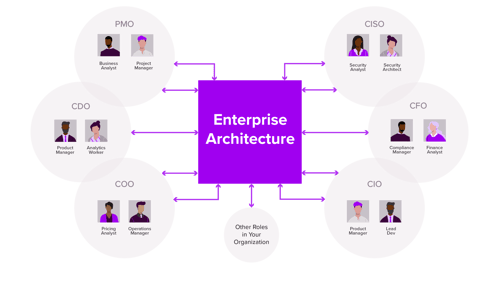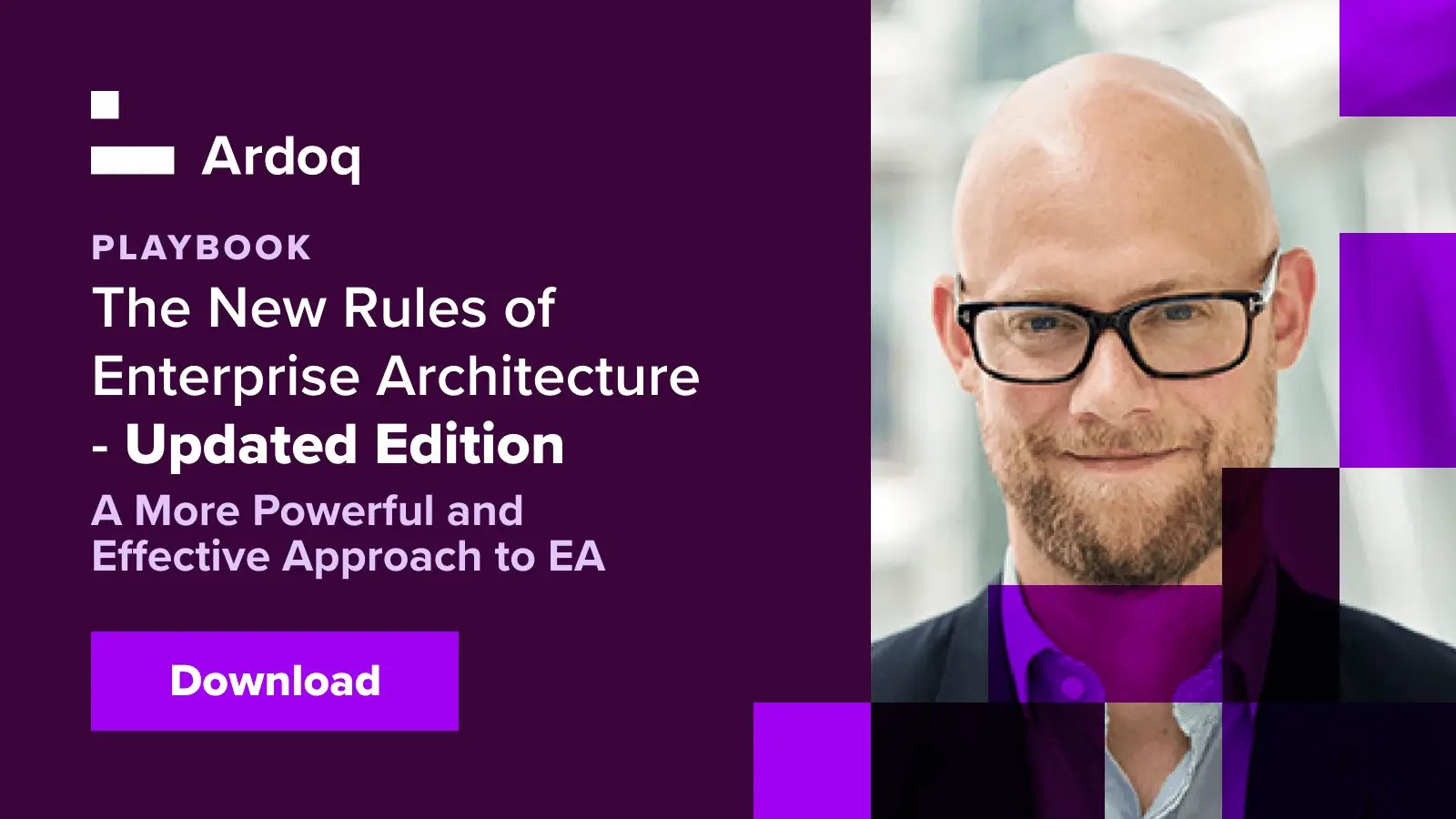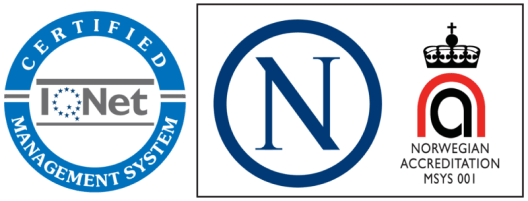Let’s face it — if your organization already has access to spreadsheets and diagram drawing tools, why would your CEO sign off on the purchase of a dedicated EA platform? Making the case internally for why a proper EA platform is needed remains a challenge, especially for smaller to mid-sized organizations, but it’s a challenge that can be overcome.

“Making the case internally for why a proper EA platform is needed remains a challenge”
For those seeking assistance — or additional reassurance — when it comes to making the case internally, we’ve compiled five top reasons to explain why your organization will be far better off with an EA platform.

1. STRATEGY AND VALUES
If your company has a focus on digital business growth, while also holding values in data security, privacy, and compliance, then running an EA program without professional tooling just won’t cut it. Hardly anyone in sales needs to fight for budget approval for a cloud-based CRM solution, yet many EA teams struggle to get similar approaches signed off. EA platforms are at the epicenter of enforcing digital transformation strategies, ensuring audit-ready compliance for regulations such as GDPR, and maintaining oversight of data security and privacy policy adherence across the organization. You wouldn’t run a sales team without a robust and up-to-date CRM, so why approach EA with the wrong tools and devices in place?

“You wouldn’t run a sales team without a robust and up-to-date CRM, so why approach EA with the wrong tools and devices in place?”
2. REDUCE MANAGERIAL RISK
In today’s competitive markets, managers across all levels are required to make impactful decisions on a daily basis. Being able to say and do the right thing comes down to having the right information at the right time, and having confidence in its validity and quality. Quite simply, the poorer the information available, or the more difficult it is to successfully analyze it, the higher the managerial risk. Organizations with the tools and processes to ensure they remain agile and responsive to change, without sacrificing the quality of the analysis that underpins major decisions, will be the most successful.
3. EASE OF UNDERSTANDING
All organizations have details of their business architecture, business operating model, and application portfolio stored somewhere, but they very often tend to be scattered around, owned by different stakeholders, and composed without proper central ownership. This means that as a business grows and evolves over time — as all successful businesses do — gaps between the documented architecture and the actual architecture will likely emerge. This directly results in increased risk, and possible non-compliance with regulations. With a collaborative EA platform, maintaining up-to-date and peer-validated AS-IS architecture, visualizing future scenario impacts, and communicating complex analysis to business executives in a coherent and consistent way becomes the new norm. By splitting up architectural use cases into smaller subsets, data mapping, analysis, and validation can be easily distributed to domain experts. What’s more, most EA contributors won’t ever need to see or fully understand the EA platform interface, as both visual analysis and data collection can be brought to them using interfaces they already use.
4. SAVE TIME
Perhaps the fastest ROI your organization will ever see can result from implementing a dedicated EA platform. Your EA team will spend less time mapping out required data (most of the data mapping by leading platforms is automated), less time validating and identifying gaps in data (leading EA tools deploy graph analysis to automate gap discovery), no time at all drawing (leading EA platforms draw all visualizations automatically based on the data), and no time figuring out if documents are up-to-date or not (leading EA platforms centrally update all changes across all connected analysis). Instead, the EA team can focus on providing validated analysis to business owners in real-time, and liaise with management to focus on decision support where it matters most.

“Perhaps the fastest ROI your organization will ever see can result from implementing a dedicated EA platform”
5. DIGITAL TRANSFORMATION
For most organizations, the rulebook set by digital is different to the one they’re used to. In short, it shifts the focus from long-term planning, to agility and responsiveness to external change. It also moves the needle on the balance between IT and human resources. Never before has IT played a bigger role in determining business success, and with the advent of AI, IoT, and well-funded digital startups, the stakes have never been higher on incumbents to make the most of their strong market positions. With sturdy EA governance in place, it becomes possible to have informed data-driven conversations around business transformation: some businesses have gone as far as to proclaim that an EA platform is an insurance against IT and privacy breach disasters. Are digital transformation, data security, GDPR compliance, work efficiency, and overall good enterprise governance high priorities for your business? Of course they are. Therefore, introducing a dedicated EA platform should be at the top of your agenda.
Download now the 7 New Rules of Enterprise Architecture
 Ardoq
This article is written by Ardoq as it has multiple contributors, including subject matter experts.
Ardoq
This article is written by Ardoq as it has multiple contributors, including subject matter experts.







